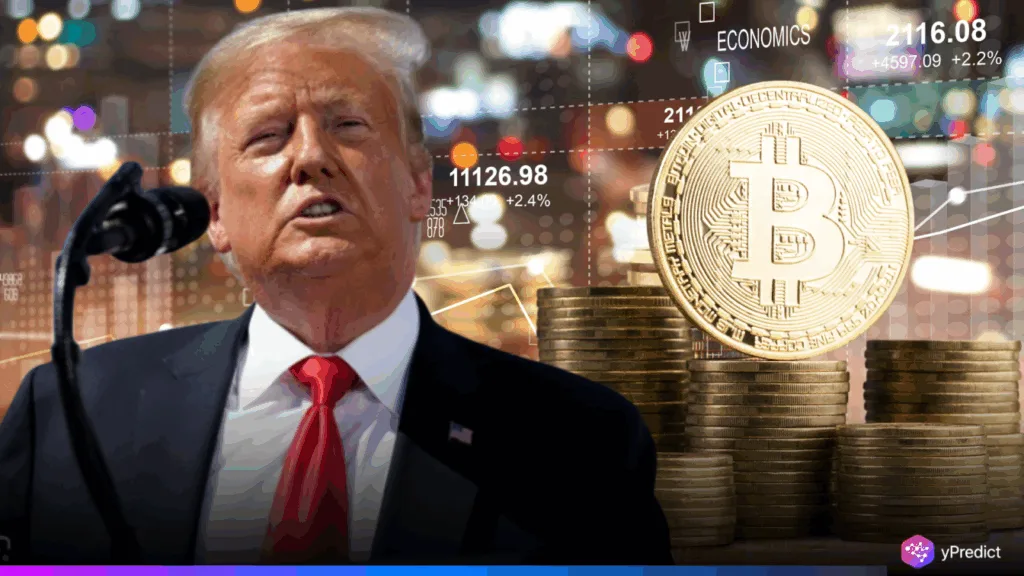
On August 7, 2025, President Donald Trump issued an executive order to enable 401(k) retirement plans to contain cryptocurrencies and other alternative assets, similar to private equity and real estate. The move has been named “Democratizing access to alternative assets to 401(K) investors” and will potentially affect more than 90 million employees in the United States. It builds on Trump’s broader agenda to make the U.S. a global leader in crypto and AI. With David Sacks serving as the administration’s Crypto and AI Czar, observers view this order not only as a financial policy shift but also as a strategic push to mainstream both digital assets and artificial intelligence.
Trump’s Retirement Reform Signals a Bet on AI and Crypto’s Future
President Trump’s executive order takes a bold step in expanding investment options for retirement savings by opening the door to cryptocurrencies, real estate, private equity, and potentially AI-linked assets. With 401(k) plans managing over $12.5 trillion in assets, even a modest shift in allocation toward digital technologies could reshape financial markets. The order instructs the Department of Labor to review existing fiduciary rules under ERISA and propose updates within six months, aiming to provide plan sponsors with clearer guidelines on including volatile but high-growth sectors.
This move is the latest in a string of tech-forward policies under Trump’s second term. In January 2025, he banned central bank digital currencies (CBDCs) and created a working group focused on digital financial innovation. In March, he launched a Strategic Bitcoin Reserve, and in July, he signed the GENIUS Act to regulate stablecoins. Trump’s order reflects a calculated July, when AI and crypto are shaping America’s financial future.
David Sacks and the White House’s AI-Crypto Strategy for National Leadership
At the heart of this initiative is David Sacks, President Trump’s Crypto and AI Czar. A former PayPal executive and venture capitalist, Sacks has pushed aggressively for aligning America’s financial systems with emerging technologies. His statement following the diversification executive order claimed that “over 90 million Americans can now gain access to diversification technologies through their retirement plans.” This isn’t just about diversification; it’s a policy bet that AI and crypto are twin engines of national prosperity.
Sacks has made the case that crypto provides decentralized infrastructure, while AI brings intelligence to financial automation, compliance, and user services. By opening 401(k) access to digital assets, including tokens tied to AI protocols or decentralized compute marketplaces, the administration believes it can democratize exposure to exponential technologies. Sacks also leads the President’s Working Group on Digital Asset Markets, created to develop policy frameworks for secure and responsible tech-driven financial growth.
Although critics advise against risks, volatility, the absence of transparency, and compliance levels, those in support point out that it is the way America remains competitive. One could expect the relatively early adoption of blockchain AI platform tokens if both tokens and platforms develop as anticipated. The Trump White House strategy telegraphs a long-term game plan to lock in U.S. leadership on AI-powered finance, with Sacks as an architect.
AI and Crypto Are No Longer Fringe, They’re Policy
Trump’s August 7 executive order is a more fringe retirement policy; it’s a strategic signal. Backed by David Sacks, the administration is accelerating the integration of AI and crypto into everyday financial systems. This isn’t just about new investment options; it’s about shaping the U.S. economy around digital innovation. In case of success, the order may open up the possibility of all kinds of AI-tied financial products, decentralized infrastructure financing, and alternative regulation technologies and tools.






